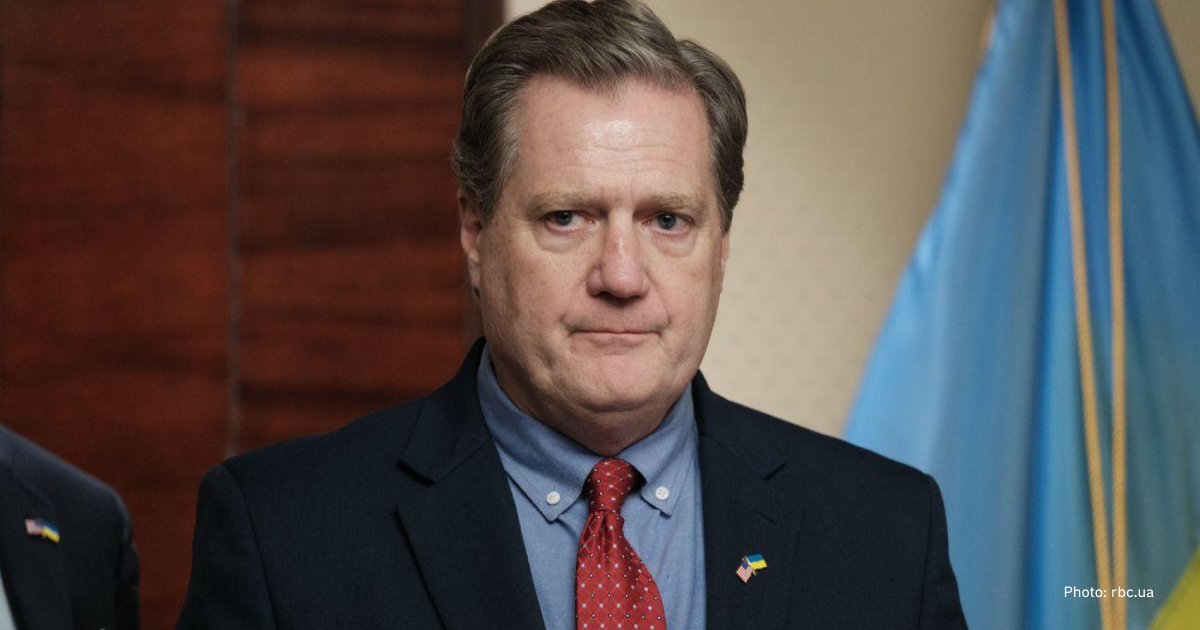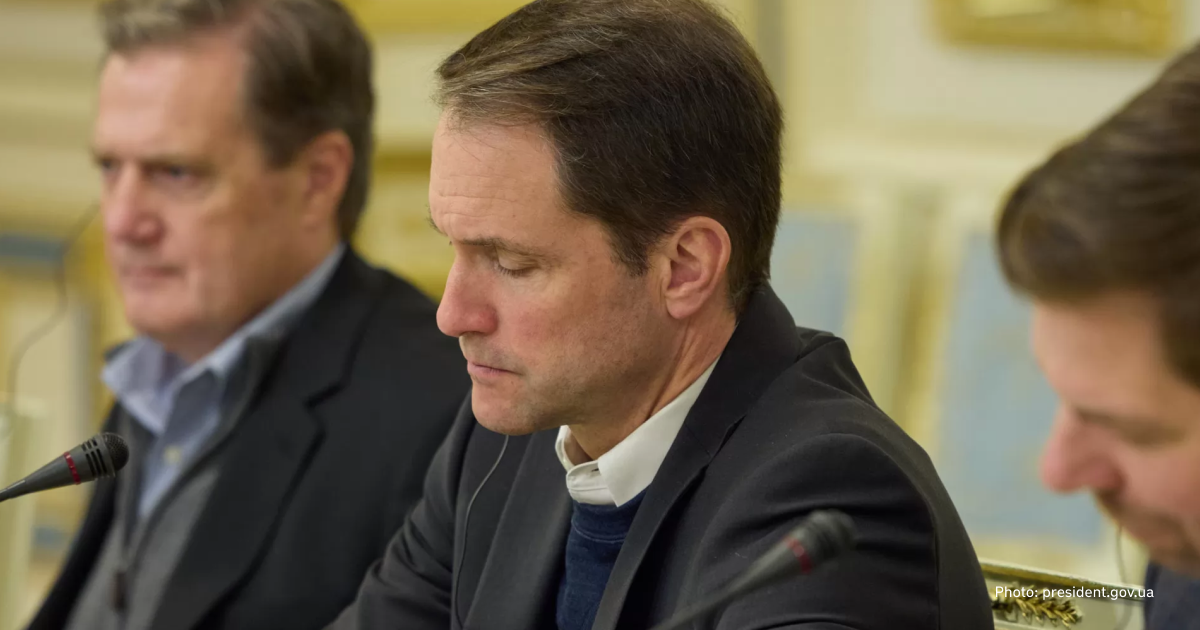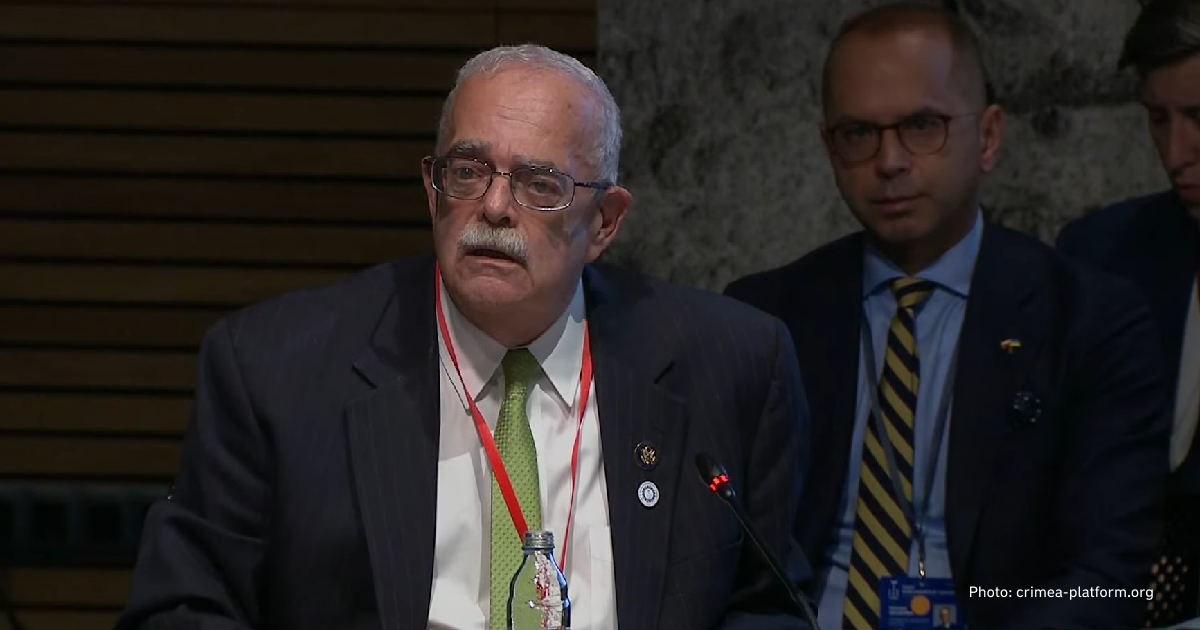The US allows Ukraine to strike Russian targets. What preceded this?
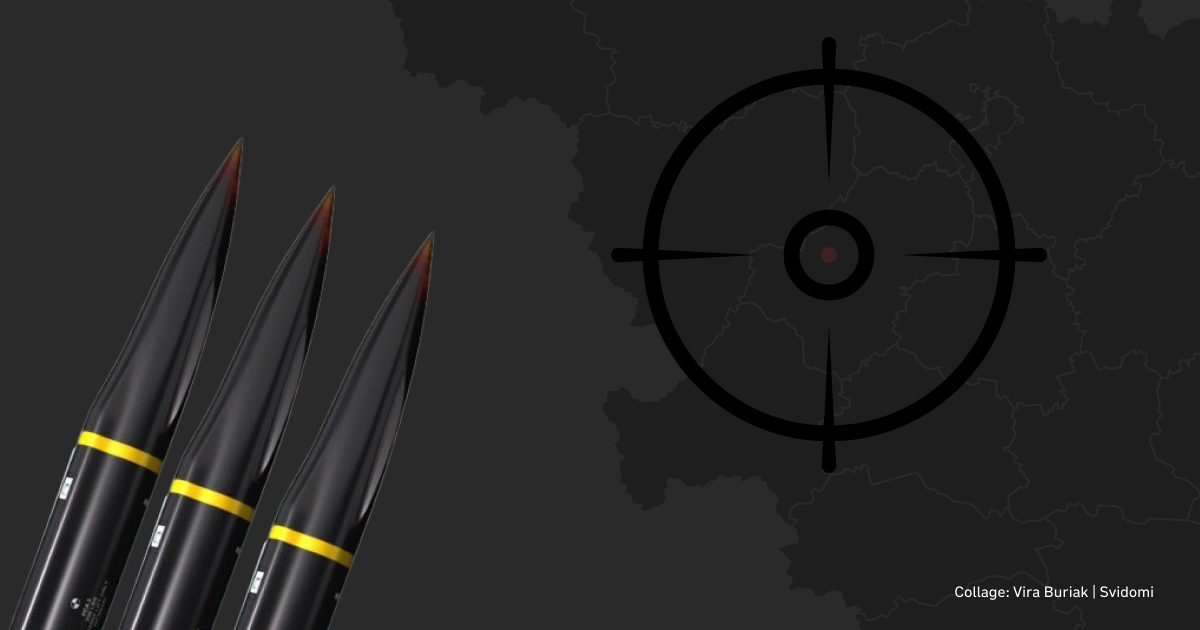
What happened?
The US media reported that President Joe Biden's administration had given Ukraine permission to use US weapons to attack Russian targets. However, Ukraine can only attack targets across the border near Kharkiv. The decision comes as Russian troops advance in the Kharkiv region.
‘The president recently directed his team to ensure that Ukraine can use US-supplied weapons for counterfire purposes in Kharkiv so Ukraine can hit back at Russian forces hitting them or preparing to hit them,’ one official told CNN.
CNN notes that easing restrictions marks a break with longstanding policy and comes amid growing international pressure from close US allies. However, the permission is limited to the area around Kharkiv.
The Ukrainian editorial office of the Voice of America asked the US Presidential Administration for comment on the information. The journalists were told that 'the President recently instructed his team to ensure that US-provided weapons can be used for counter-fire in the Kharkiv region so that Ukraine can strike Russian troops attacking or preparing to attack them'. At the same time, there has been no change in the White House policy prohibiting the use of ATACMS or long-range strikes inside Russia.
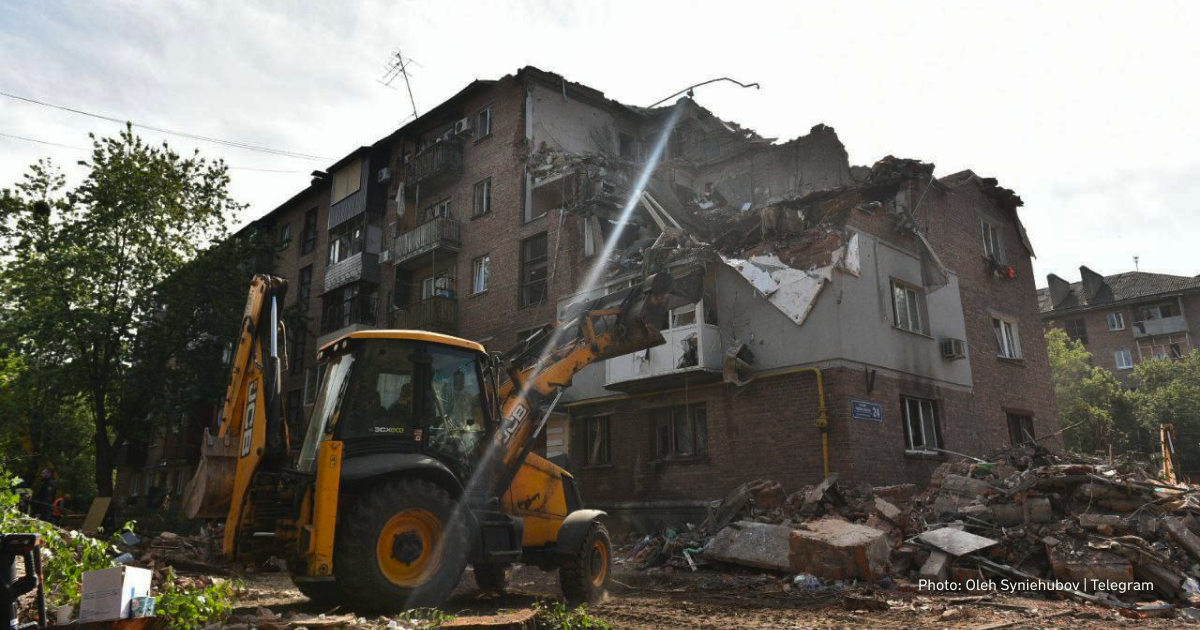
The administration has insisted that Ukraine not be allowed to use the long-range ATACMS missiles, which can hit targets up to 200 miles or 300 kilometres away.
Ukraine has been allowed to use US anti-aircraft weapons to counter the immediate threat from Russian aircraft flying in both Ukrainian and Russian airspace. According to the anonymous official, Ukraine has already done so successfully. But the ban has prevented Ukraine from targeting Russian aircraft on the ground in Russia, CNN reports.
How did Ukraine react to this?
President Volodymyr Zelenskyy's spokesman, Serhii Nikiforov, told the Guardian that the US decision would significantly strengthen Ukraine's ability to resist Russian attempts to cross the border en masse.
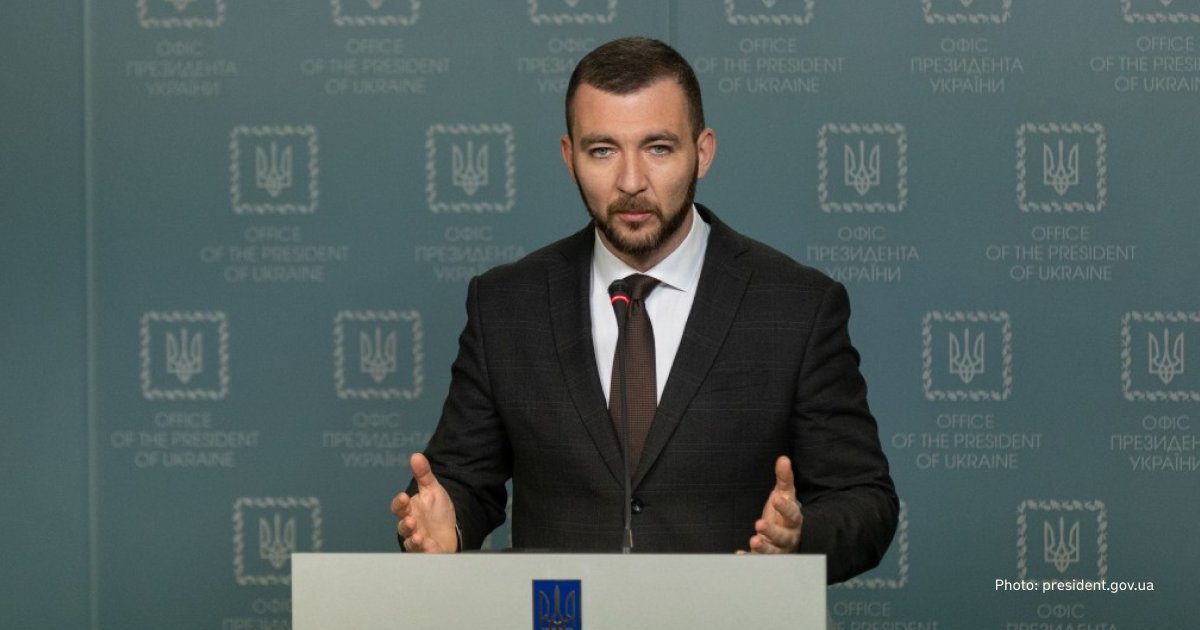
Recently, Volodymyr Zelenskyy said in an interview with The Guardian that Ukraine should be able to respond to the Russians because they don't 'understand anything but force'.
He added that new US weapons had not yet arrived in sufficient quantities to equip additional Ukrainian brigades in the north-east (Kharkiv region — ed.), where Russia is advancing.
What preceded this?
On May 22, a group of US Congressmen issued a statement demanding that the US Department of Defence allow Ukraine to use US weapons to attack Russian territory.
The letter's authors were Mike Turner, Jim Himes and Gerry Connolly. The Congressmen noted that ‘it is essential the Biden Administration allows Ukraine's military leaders an ability to conduct a full spectrum of operations’.
The ban on the use of US weapons to strike Russian targets was in line with the Biden administration's policy of so-called 'managed escalation', promoted by US National Security Adviser Jake Sullivan.
In response, US Secretary of State Anthony Blinken stated that Ukraine should decide how best to defend itself effectively. According to him, the US has neither encouraged nor authorised strikes outside Ukraine. Blinken says that the US plans to review its approach to the use of US weapons.
How did other allies react to the ban?
On May 20, Lithuanian Foreign Minister Gabrielius Landsbergis said that Ukraine's Western allies should lift restrictions on the use of weapons and give Kyiv more freedom to strike targets in Russia. Latvian President Edgars Rinkēvičs supported him.
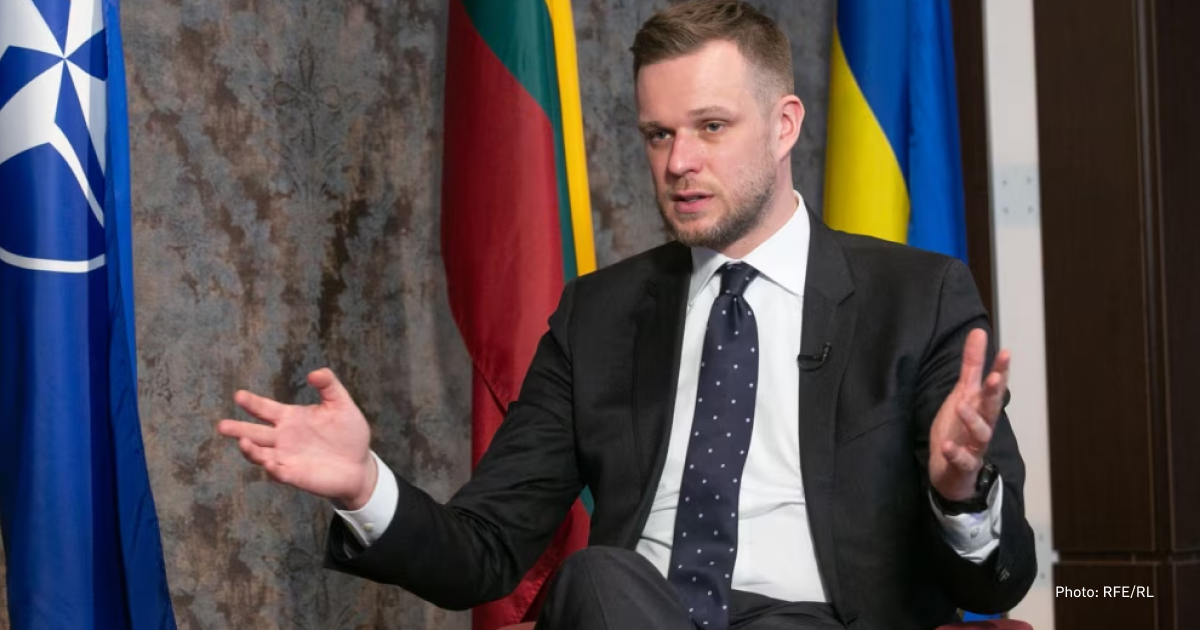
In an interview with The Economist, NATO Secretary General Jens Stoltenberg it was also said that Ukraine should have the right to attack Russian territory with Western-supplied weapons.

Ukraine has a right to defend itself. And that includes striking targets in Russia,' he said.
Czech Prime Minister Petr Fiala also supported strikes on targets in Russia during a working meeting on Ukraine's needs in Prague on May 28.
Sweden, the United Kingdom, Canada, France, Poland, Denmark, Finland and Norway are also in favour of lifting the restrictions and have authorised their weapons to attack Russian military targets. Italy and Belgium, on the other hand, are opposed (Belgium's decision concerns the use of F-16s — ed).
After the US decision, the German government also allowed Ukraine to use German weapons to attack Russian territory 'by international law' to defend itself against Russian attacks from the Russian border areas near Kharkiv. The German government often makes decisions on aid to Ukraine based on US decisions (for example, the delivery of Leopard 2 tanks was announced after the US announced the delivery of Abrams tanks — ed).

